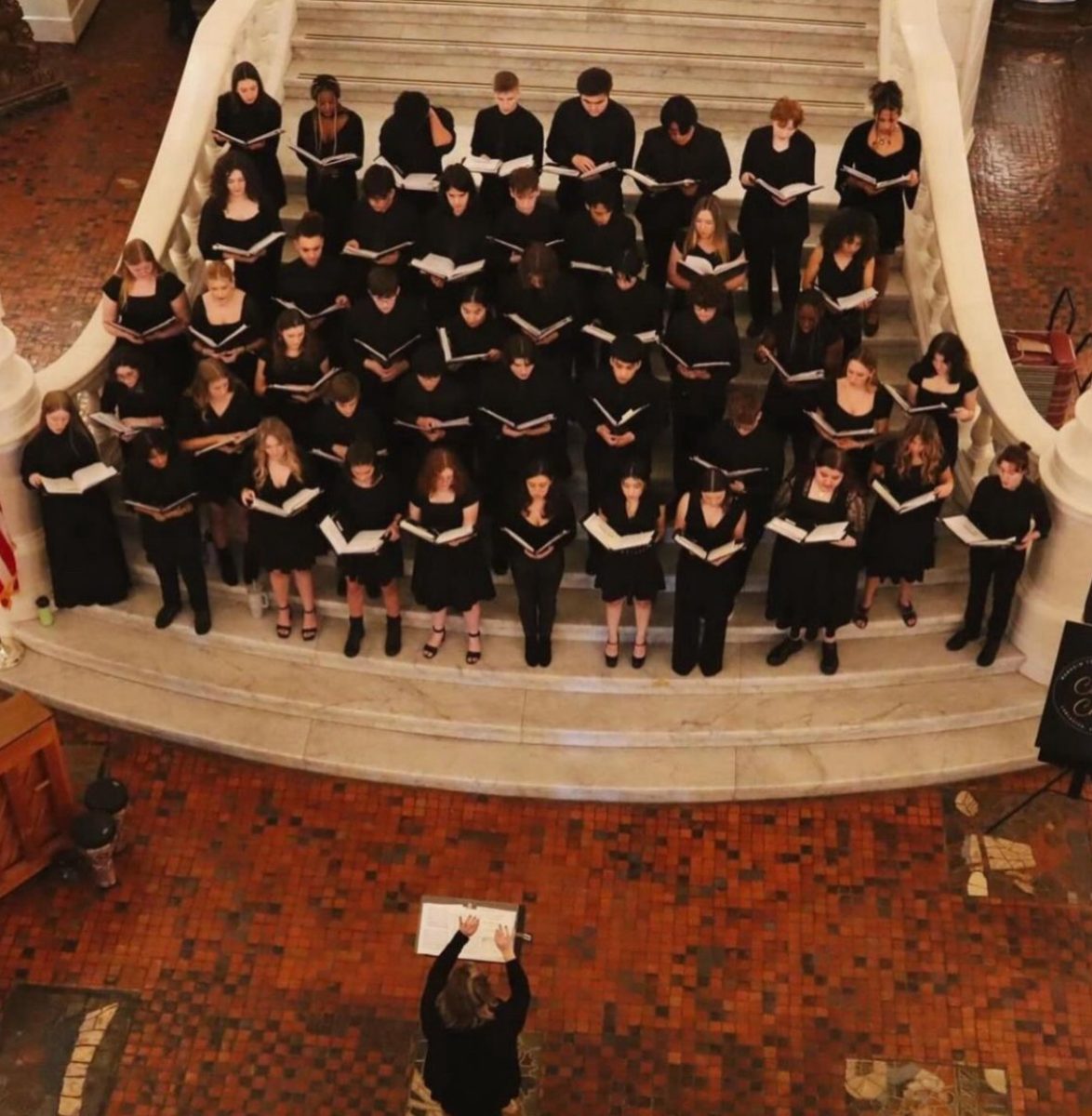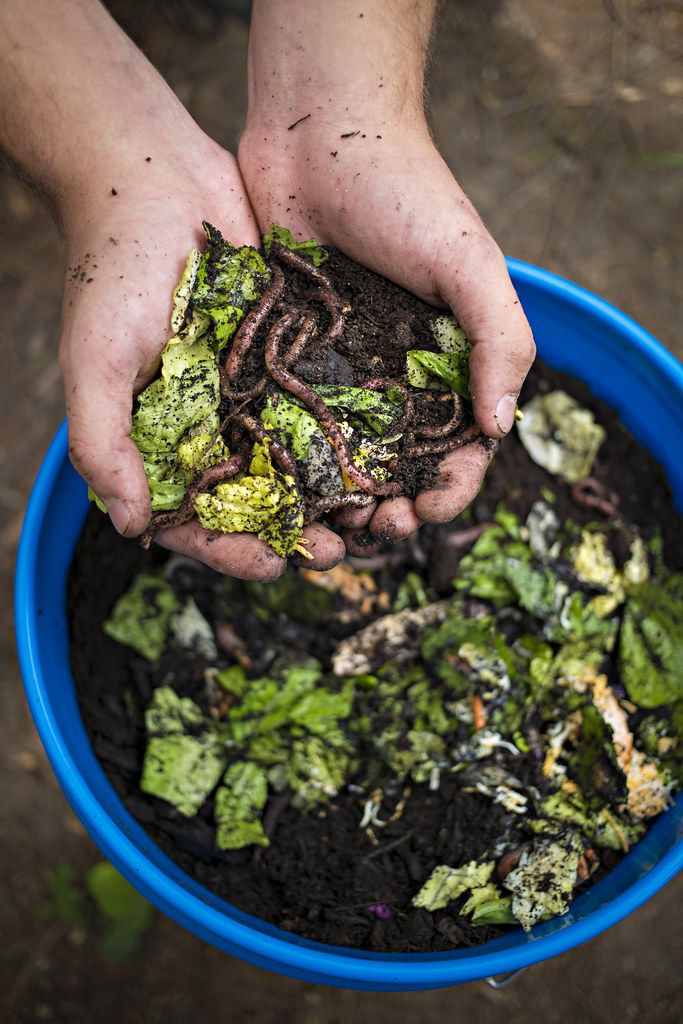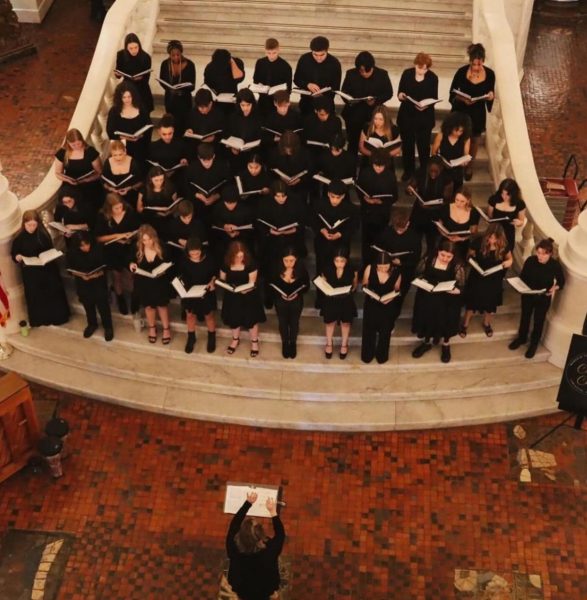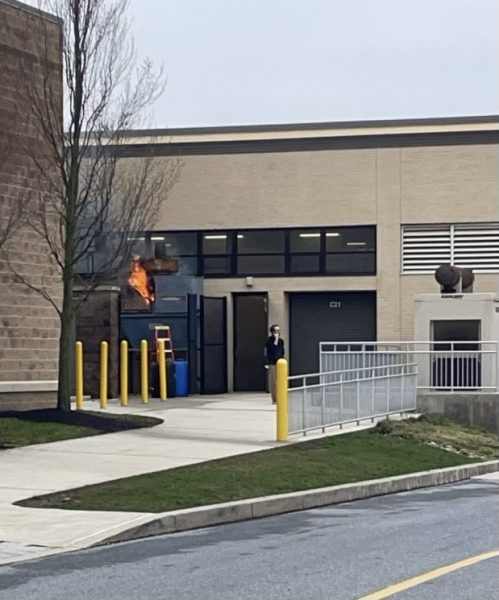Putin’s Gamble: The War in Ukraine Over the Past Year
February 13, 2023
On February 24th, 2022, the world watched as Russia, one of the world’s foremost military powers, moved soldiers into Ukrainian territory in an all-out undeclared war. As the world watched in terror and disbelief, Ukraine stood their ground and held firm against the onslaught of thousands of invaders. As an entire year has gone by since the invasion, now is the time to look back on a year of conflict and how the world is still coming to grips with the invasion.
Since the onset of the war, Ukraine has held firm against attack after attack by Russian and separatist forces. In the early days of March 2022, Russian troops moved into large areas of Ukraine, even going so far as the outskirts of the capital, Kyiv. As March moved on into April, the Russians were pushed back from Kyiv. This month also saw one of the most famous events of the war: the attack on Snake Island. A small garrison of 13 soldiers made a defiant response to the Russians besieging the island, saying, “Russian warship, go F yourself.” While the island was taken and the soldiers captured, the act of defiance rang out across not just Ukraine, but throughout all of Europe. This was further compounded by the sinking of the Russian Black Sea flagship, the Moskva, just a few days after the island was captured.
Now that the war has moved past the initial blitz by the Russians, a war of attrition has set in. As the spring months moved into summer, the frontlines of the war started to solidify, with the Kyiv area back under full Ukrainian control. Meanwhile, Russian troops occupied the separatist republics of Donetsk and Luhansk, as well as occupying the Zaporizhzhia and Kherson areas. As of the writing of this article, Russia occupies over 15% of Ukraine’s landmass. The Russians also briefly occupied the Kharkiv area, which was liberated in September. This saw Ukrainian president, Volodymyr Zelenskyy, visit the region and see the scars of war his nation now suffered from.
The scars that Zelenskyy saw in Kharkiv are a part of ever-mounting evidence of Russian crimes against humanity and war crimes: Mass execution of civilians, large unmarked graves, and widespread civilian casualties and rapes. While the United Nations has not declared any of what has happened as war crimes, the Ukrainian government and its supporters continue to push for the trials of Russian generals and leaders for crimes as well as potential state sponsored terrorism.
Military and civilian casualties have been rising for both sides of the conflict. According to US estimates, over 40,000 Ukrainian civilians have been killed or wounded in the conflict, with Ukraine stating that they have lost over 13,000 soldiers in the year of fighting. Russia on the other hand, based on Pentagon estimates, has had over 100,000 killed or wounded in the conflict. While these numbers are still disputed, it is still quite startling for both countries. Numbers from the Donetsk and Luhansk separatists are low (only 6,000 to 7,000 military deaths each), but their numbers are also disputed.
This war has also seen a large number of Ukrainians flee the country to some of the many nations around the world that offer them refugee status. At the outset of the war, Zelenskyy declared that any able bodied man 18 to 60 is not allowed to flee the country. This was in part an order of general mobilization of all Ukrainian reserve soldiers, and the training of the men of the nation so they could fight in the coming weeks and months. After the mobilization order, the families of now war-battered soldiers fled the country, not knowing if they would ever return. Over 5 million people have fled the country, with over 17 million being in need of humanitarian aid in Ukraine. Many of the refugees have fled to either Poland or Germany, with others going across Europe and to the United States.
The war has seen many repercussions for Russia, including sanctions and denouncements from dozens of nations worldwide. The UN called a vote to denounce Russia’s actions in the conflict with an overwhelming support in condemning the nation. On top of this, nations like Sweden and Finland have submitted formal applications to join NATO. Other NATO nations have sent billions of dollars in aid as well as military equipment to Ukraine. On top of sanctions from much of Europe, the Russian ruble had crashed in value during the start of the war. To this day, the U.S. dollar is worth 7 Russian rubles.
As of now, the war is still in a stalemate. There are small offensives and counter-offensives across the frontline, but other than the recapture of the city of Kherson, little is changing, and it is still too early to say who will come out on top.






















Lora • Feb 15, 2023 at 9:18 pm
Great article Joseph – thank you for reminding us that this war is not over and already a year in. You illustrated the strength of human resolve and resiliency…but also the destructive nature of egocentric leaders who seek power through domination and fear. I hope a future article you can write will perhaps celebrate the end of this senseless war with Ukraine reclaiming their independence entirely.